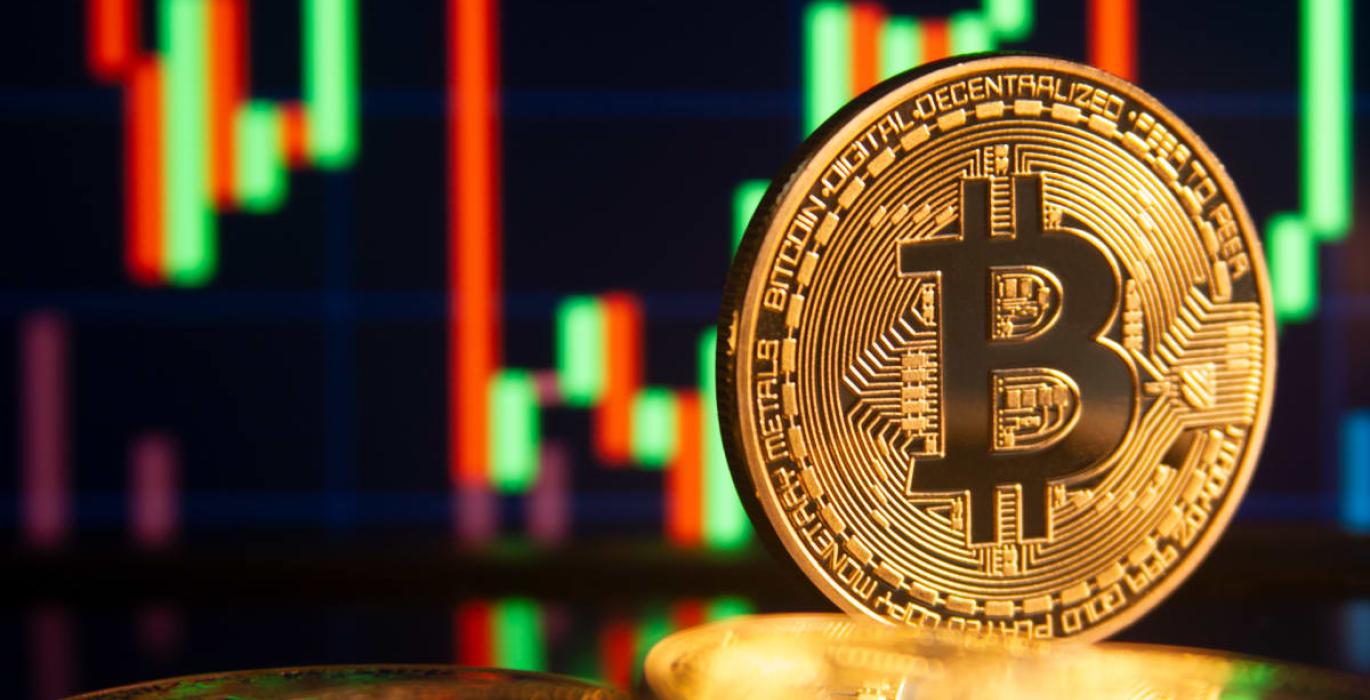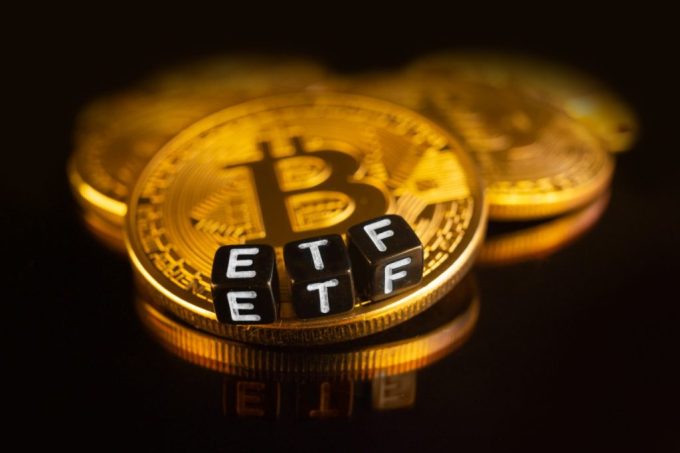Key Points:
-
Bitcoin’s Fear and Greed Index dropped to 24 — its lowest level in a year — reflecting investor anxiety amid price weakness.
-
Bitwise analysts argue that selling pressure has peaked and current levels may represent a prime accumulation opportunity.
-
Retail holders are quietly accumulating BTC, even as miner deposits to exchanges rise.
Sentiment Plunges as Bitcoin Corrects to $108,000
Bitcoin’s sharp decline over the past week has pushed investor sentiment to its lowest point of 2025, reigniting familiar debates about market psychology and long-term opportunity. According to data cited by Cointelegraph, the Crypto Fear and Greed Index has fallen to 24 — firmly in “Fear” territory — marking a steep reversal from last week’s “Greed” reading of 71.
At the time of writing, Bitcoin (BTC) trades near $108,326, down roughly 14% from its recent highs above $126,000. The correction coincides with renewed U.S.–China trade tensions and a broader sell-off across risk assets, with equities and digital currencies both under pressure.
Despite the mood shift, analysts at Bitwise Asset Management say the current environment resembles past accumulation zones that historically preceded major bull-cycle rebounds.
Bitwise: “Panic Could Be an Opportunity”
In its latest Crypto Market Compass report, Bitwise said the pullback is less about Bitcoin’s fundamentals and more about external macro triggers. The firm highlighted how escalating trade frictions between the U.S. and China have heightened investor caution globally, prompting liquidations across leveraged markets.
“The recent correction was driven largely by external factors,” wrote Bitwise’s research team, including André Dragosch, Max Shannon, and Ayush Tripathi. “Bitcoin’s perpetual futures open interest dropped by nearly $11 billion — the strongest decline on record.”
Such large-scale futures unwinds often mark the end of forced selling, setting the stage for price stabilization. Historically, deep sentiment troughs — such as those seen in 2018, 2020, and 2022 — have tended to align with favorable long-term entry points for disciplined investors.
“Fear tends to peak when leverage resets and liquidity thins,” Bitwise wrote. “Those are typically the moments when conviction buyers quietly step in.”
Accumulation Trends Strengthen at Lower Prices
Blockchain data supports Bitwise’s assessment. Smaller BTC holders, often called “shrimps” in on-chain analytics, have continued to accumulate coins even as larger entities de-risk. Wallets holding less than one Bitcoin have grown steadily in recent weeks, indicating retail confidence in long-term value.
Meanwhile, miners have increased deposits to exchanges, a trend that usually signals profit-taking or operational rebalancing. Still, analysts see the miner activity as manageable given Bitcoin’s strong hash rate and stable transaction volumes.
“Miners are opportunistic sellers,” said Dragosch. “They’re responding to price volatility, not driving it. The underlying network remains as healthy as ever.”
Historical Parallels and Investor Psychology
The current sentiment downturn mirrors previous late-cycle corrections, where exhaustion rather than fundamentals dictated price action. During the 2018 and 2022 cycles, Bitcoin’s Fear and Greed Index dropped below 30 several times before major recoveries that followed within months.
While market psychology remains fragile, analysts say the macro backdrop of easing monetary policy and expanding corporate adoption could extend crypto’s broader bull phase into 2026. In particular, the growing presence of institutional buyers through ETFs and public company treasuries has created deeper liquidity buffers than in prior cycles.
“Retail fear is often institutional opportunity,” said Shannon. “Historically, the best long-term returns in Bitcoin have come when sentiment looked its worst.”
A Market Defined by Resilience
For now, traders appear cautious, but long-term fundamentals — from rising on-chain activity to sustained demand from ETFs and corporate treasuries — continue to anchor optimism.
While near-term volatility may persist, Bitwise maintains that the recent sell-off offers a strategic window for accumulation, not panic. As past cycles have shown, the moments of maximum fear often sow the seeds for the next phase of Bitcoin’s expansion.













https://shorturl.fm/lFOaY
https://shorturl.fm/TsjkV